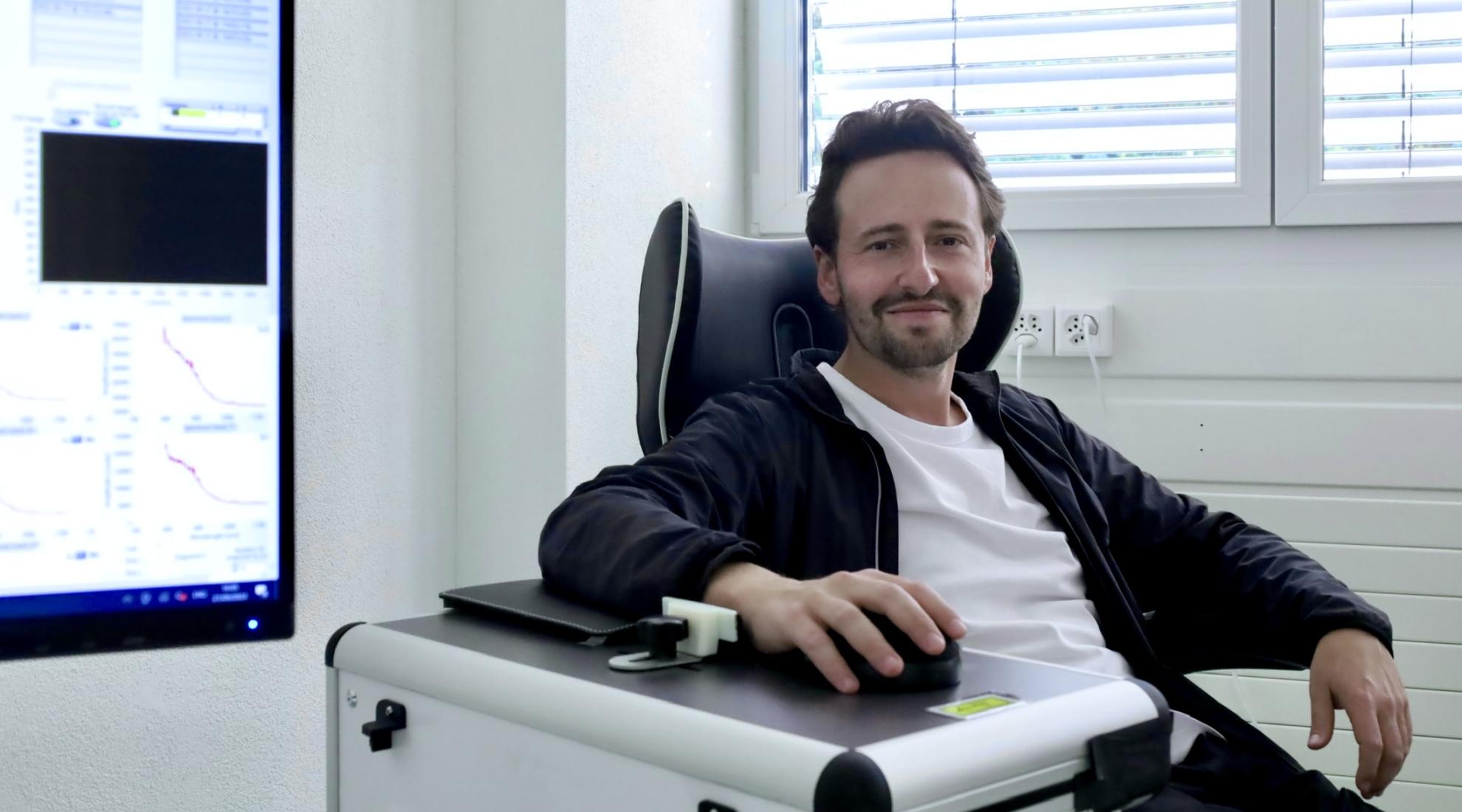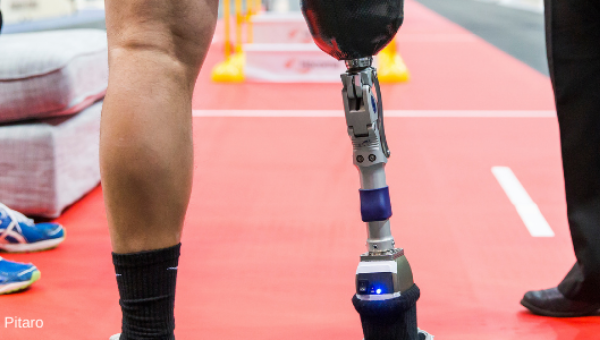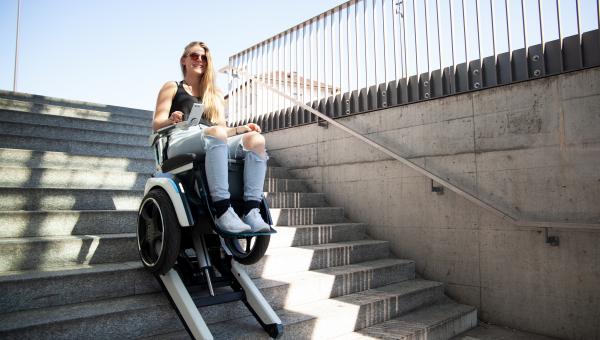Say goodbye to needles for blood glucose monitoring

A Swiss start-up is developing a wrist-worn tracker that measures blood glucose levels without a needle. This could make it easier and cheaper to treat diabetics.
It is estimated that around 500,000 people in Switzerland alone have diabetes, including around 40,000 with the most severe form, type 1 diabetes. In type 1 diabetes, there's little or no insulin to let glucose into the cells. As a result, sugar builds up in the bloodstream, leading to potentially life-threatening complications. To lead a normal life, individuals with type 1 diabetes must administer insulin injections (or utilise an insulin pump) daily and continuously monitor their blood glucose levels.
A new way of continuous glucose monitoring
Many people with this type of diabetes use a minimally invasive technology to monitor their glucose levels. This process involves inserting a needle, approximately a centimetre in length, into the surface of the skin, which contains a microchip. Swiss start-up Spiden aims to revolutionise continuous glucose monitoring by removing the need for a needle. The aim is to be able to measure blood glucose levels using a light source, similar to the way smartwatches from Apple or Samsung already measure the pulse.
We aim to help customers around the world take control of their health through non-invasive access to real-time biomarker data and actionable, evidence-based insights to improve their well-being and longevity.
Light sensor to detect glucose levels
To achieve this ambitious goal, more than 50 researchers are combining advanced spectral techniques with state-of-the-art data analysis and a novel approach to technology miniaturisation. The researchers are leveraging the fact that chemical compounds reflect light at specific wavelengths, giving it their characteristic signature. This enables the highly sensitive sensor to identify glucose in the blood by its unique light spectrum in the reflected light. Complex computer algorithms, which Spiden has trained over several years using various glucose and blood measurement data, allow conclusions to be drawn about the glucose concentration in the tissue and ultimately in the blood.
Accuracy is key
Spiden has achieved a significant scientific breakthrough by attaining a 9% MARD (Mean Absolute Relative Difference - the average deviation from the gold standard measurement) accuracy for its glucose monitoring sensor, as stated in a recent press release. A MARD of less than 10% is considered sufficient for reliable diabetes management.
The fact that the US Food and Drug Administration (FDA) recently warned against smart watches that measure blood glucose levels shows that there is no reliable solution on the market yet. Tech giants such as Apple and Samsung have reportedly been working on a similar solution for years, but so far without success.
Launch of wearable in 2025
According to Spiden, this achievement is the last important step before it aims to launch its wearable, which can automatically calibrate its customers without the use of a needle, by the end of 2025. To complete what is now a six-year R&D phase and secure a path to miniaturise its portable product into a wearable format, the company has successfully secured a further round of funding of USD 15m by the end of 2023, bringing Spiden's total funding to over USD 40m since its inception in 2017.




